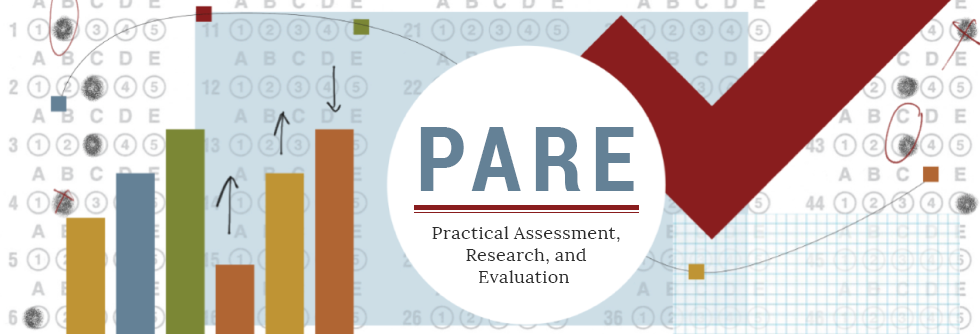Four assumptions of multiple regression that researchers should always test
DOI
https://doi.org/10.7275/r222-hv23
Abstract
Most statistical tests rely upon certain assumptions about the variables used in the analysis. When these assumptions are not met the results may not be trustworthy, resulting in a Type I or Type II error, or over- or under-estimation of significance or effect size(s). As Pedhazur (1997, p. 33) notes, "Knowledge and understanding of the situations when violations of assumptions lead to serious biases, and when they are of little consequence, are essential to meaningful data analysis". However, as Osborne, Christensen, and Gunter (2001) observe, few articles report having tested assumptions of the statistical tests they rely on for drawing their conclusions. This creates a situation where we have a rich literature in education and social science, but we are forced to call into question the validity of many of these results, conclusions, and assertions, as we have no idea whether the assumptions of the statistical tests were met. Our goal for this paper is to present a discussion of the assumptions of multiple regression tailored toward the practicing researcher. Several assumptions of multiple regression are “robust” to violation (e.g., normal distribution of errors), and others are fulfilled in the proper design of a study (e.g., independence of observations). Therefore, we will focus on the assumptions of multiple regression that are not robust to violation, and that researchers can deal with if violated. Specifically, we will discuss the assumptions of linearity, reliability of measurement, homoscedasticity, and normality. Accessed 630,254 times on https://pareonline.net from January 07, 2002 to December 31, 2019. For downloads from January 1, 2020 forward, please click on the PlumX Metrics link to the right.
Creative Commons License

This work is licensed under a Creative Commons Attribution-NonCommercial-No Derivative Works 4.0 International License.
Recommended Citation
Osborne, Jason W. and Waters, Elaine
(2019)
"Four assumptions of multiple regression that researchers should always test,"
Practical Assessment, Research, and Evaluation: Vol. 8, Article 2.
DOI: https://doi.org/10.7275/r222-hv23
Available at:
https://scholarworks.umass.edu/pare/vol8/iss1/2
